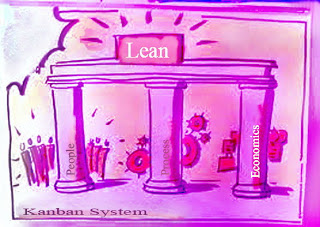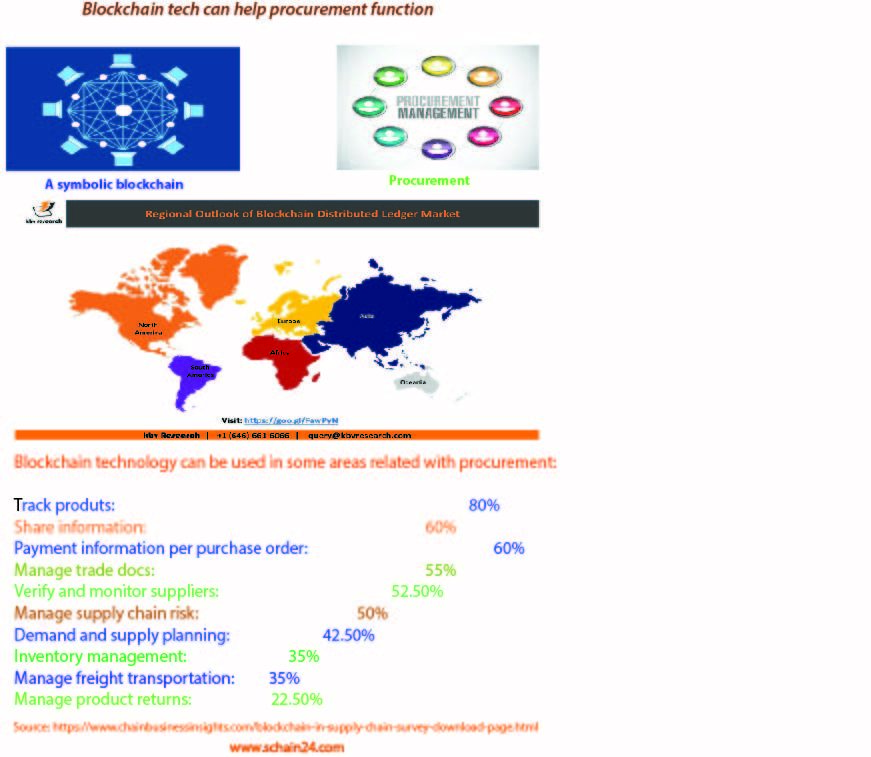Abstract
GSCM aims to minimize or eliminate wastages including hazardous chemicals, emissions, energy, and solid waste along the supply chain such as product design, material resourcing, manufacturing process, and distribution of final product management business activities can pose a paramount threat to the environment in terms of carbon monoxide emissions, discarded packaging materials, scrapped toxic materials, traffic congestion and other forms of industrial pollution. The green distribution consists of green packaging with the aims to firstly, downsize packaging, secondly, utilize “green ” packaging materials, thirdly, promote recycling and reuse programs, fourthly, cooperate with vendors to standardize packaging, fifthly, embolden and adopt returnable packaging methods, sixthly, minimize material uses and time to unpack, seventhly, utilize recyclable pallet system and lastly preserve energy in warehouses. It has been suggested that internal environmental management practices, logistics, supplier assessment and evaluation, green procurement and logistics policy, supplier edification and mentoring, and industrial networks as consequential GSCM practices. It can be described that green procurement, green manufacturing, green distribution, and green logistics are paramount dimensions of GSCM practices needed by manufacturing sectors to achieve enhanced sustainability performance. Green logistics is about reverse logistics that includes amassing used products and packaging from customers for recycling, returning packaging and products to suppliers for reuse, and requiring suppliers to amass their packaging materials. As for green logistics/conveyance, it is about distributing goods directly to the utilizer site, utilizing alternative fuel conveyances and grouping orders together, rather than in more minuscule batches, investing in conveyances that are designed to reduce environmental impacts, and orchestrating transportation routes.
Introduction
“Green Supply Chain” or “Environmentally Friendly Supply Chain” are almost synonymous. For a firm, it is a set of supply chain policies formed and held, action taken accordingly, and relationships formed in response to concerns related to the natural environment, so that acquisition, production, distribution, and disposal of the firm’s goods and services does not hamper the environment. Sometimes, joint technology programs are taken with the supplier and implement a greener supply chain. Implementing greener supply chain initiatives leads to benefits for the company, for the purchasing & supply process, and also for society. These initiatives should focus not only on the manufacturing company but also product and manufacturing process of the supplier.
An environmental innovation
Green supply chain management (GSCM) is considered an environmental innovation. As such, GSCM plays a vital role in influencing the total environmental impact of any firm involved in supply chain activities and thus contributing to sustainability performance enhancement. The concept of GSCM is to integrate environmental issues into supply chain management (SCM). GSCM aims to minimize or eliminate wastages including hazardous chemicals, emissions, energy, and solid waste along the supply chain such as product design, material resourcing, manufacturing process, distribution of final product management business activities can pose a paramount threat to the environment in terms of carbon monoxide emissions, discarded packaging materials, scrapped toxic materials, traffic congestion and other forms of industrial pollution.
 |
| Environmental Activism |
Environmental practices
It has been suggested that internal environmental management practices, logistics, supplier assessment and evaluation, green procurement and logistics policy, supplier edification and mentoring, and industrial networks as consequential GSCM practices. It can be described that green procurement, green manufacturing, green distribution, and green logistics are paramount dimensions of GSCM practices needed by manufacturing sectors to achieve enhanced sustainability performance.
Green distribution practices
The green distribution consists of green packaging with the aims to firstly, downsize packaging, secondly, utilize “green ” packaging materials, thirdly, promote recycling and reuse programs, fourthly, cooperate with vendors to standardize packaging, fifthly, embolden and adopt returnable packaging methods, sixthly, minimize material uses and time to unpack, seventhly, utilize recyclable pallet system and lastly preserve energy in warehouses. As for green logistics/conveyance, it is about distributing goods directly to the utilizer site, utilizing alternative fuel conveyances and grouping orders together, rather than in more minuscule batches, investing in conveyances that are designed to reduce environmental impacts, and orchestrating transportation routes.
Reverse logistics green practices
Green logistics is about reverse logistics that includes amassing used products and packaging from customers for recycling, returning packaging and products to suppliers for reuse, and requiring suppliers to amass their packaging materials.
Conclusion
Walmart contributed to the green supply chain through its sustainability efforts. By dramatic goals and following up their plans, they are using 20% of their required energy from renewable energy. They started their planning by about year two thousand five. Since the year two thousand ten, they eliminated one lac twenty thousand metric tons of emission and saved US dollars two hundred thirty-one million through recycling programs. Their waste management programs prevented over 80% of their waste from going to landfills. It seems governments also should take the initiative along with manufacturers, and retailers to further improve the environmental situation.
References:
1. http://journals.sagepub.com/doi/pdf/10.1177/2319510X13481911






i like your website going to bookmark this
Wow that was unusual. I just wrote an extremely long comment but after I clicked
submit my comment didn’t appear. Grrrr… well I’m not writing all that over
again. Anyways, just wanted to say superb blog!
Excellent post. I was checking continuously this blog and I’m impressed! Extremely helpful information specifically the last part 🙂 I care for such information much. I was seeking this certain information for a very long time. Thank you and best of luck.
Nice post. I was checking continuously this blog and I’m impressed! Very useful info particularly the last part 🙂 I care for such information a lot. I was seeking this particular info for a long time. Thank you and good luck.
Definitely believe that which you stated. Your favorite reason seemed to be on the web the simplest thing to be aware of. I say to you, I certainly get irked while people think about worries that they just don’t know about. You managed to hit the nail upon the top and also defined out the whole thing without having side-effects , people could take a signal. Will probably be back to get more. Thanks